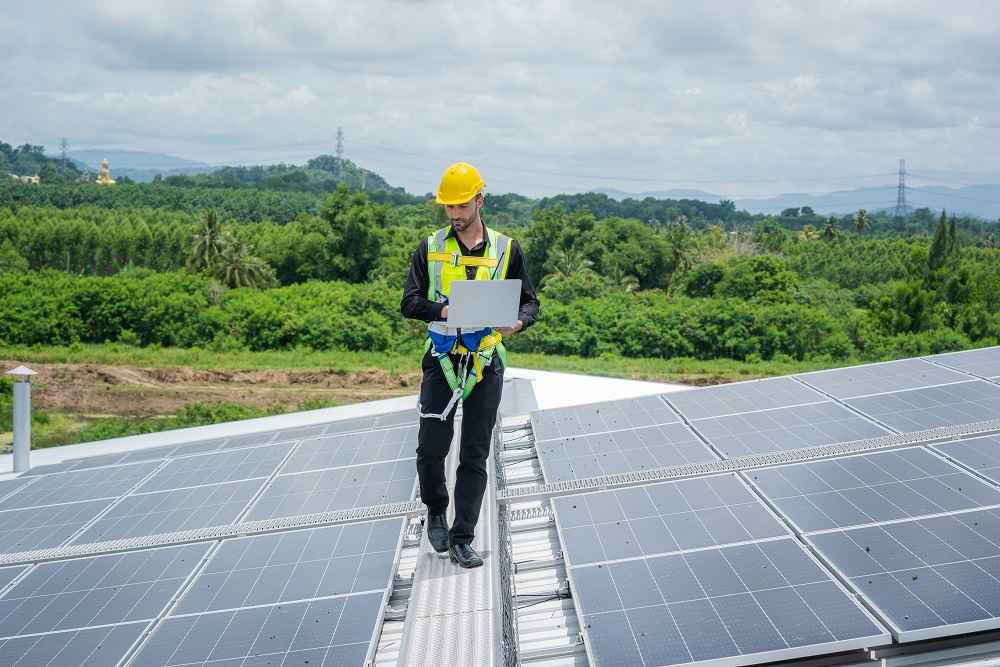Understanding Smart Grid Technology
Smart grids represent a significant advancement in energy management and distribution, leveraging digital communication and automation to optimize the efficiency, reliability, and sustainability of electricity delivery systems. At their core, smart grids enable bidirectional communication between utilities and consumers, facilitating real-time monitoring and control of energy consumption, generation, and distribution.
In addition to enhancing grid management capabilities, smart grid technology also facilitates the integration of renewable energy sources into the electricity grid. By leveraging advanced sensing and control systems, smart grids can dynamically adjust to fluctuations in solar and wind energy generation, optimizing the utilization of clean energy resources. This flexibility enables utilities to reduce their reliance on fossil fuels and accelerate the transition to a more sustainable and low-carbon energy system.
Moreover, smart grids play a crucial role in improving the overall resilience and reliability of electricity infrastructure. By implementing self-healing capabilities and fault detection algorithms, smart grids can rapidly identify and isolate faults or outages, minimizing disruption to electricity supply. Additionally, smart grids enable utilities to deploy predictive maintenance strategies, identifying potential issues before they escalate into major problems and ensuring the continuous operation of critical infrastructure.
Key Components of Smart Grids
Smart grids comprise several key components that work in concert to enhance the functionality and resilience of electricity grids. These include advanced metering infrastructure (AMI), smart meters, sensor networks, distribution automation, and grid-edge devices. Together, these components enable utilities to detect and respond to outages more quickly, integrate renewable energy sources more effectively, and empower consumers to make informed decisions about their energy usage.
Furthermore, the proliferation of Internet of Things (IoT) devices and smart appliances is driving the expansion of smart grid ecosystems. These devices, equipped with communication and control capabilities, enable consumers to participate in demand response programs and optimize their energy consumption patterns. By harnessing the power of data analytics and machine learning, utilities can derive actionable insights from the vast amounts of data generated by smart grid devices, enabling them to optimize grid operations and improve overall system efficiency.
Key Components of Smart Grids
Smart grids comprise several key components that work in concert to enhance the functionality and resilience of electricity grids. These include advanced metering infrastructure (AMI), smart meters, sensor networks, distribution automation, and grid-edge devices. Together, these components enable utilities to detect and respond to outages more quickly, integrate renewable energy sources more effectively, and empower consumers to make informed decisions about their energy usage.
Furthermore, the proliferation of Internet of Things (IoT) devices and smart appliances is driving the expansion of smart grid ecosystems. These devices, equipped with communication and control capabilities, enable consumers to participate in demand response programs and optimize their energy consumption patterns. By harnessing the power of data analytics and machine learning, utilities can derive actionable insights from the vast amounts of data generated by smart grid devices, enabling them to optimize grid operations and improve overall system efficiency.
Benefits of Smart Grid Deployment
The deployment of smart grid technology offers a wide range of benefits to both utilities and consumers. For utilities, smart grids enable load balancing, voltage regulation, and fault detection, leading to improved grid stability and reduced operational costs. Moreover, smart grids facilitate the integration of renewable energy sources such as solar and wind, enabling utilities to meet clean energy targets and reduce carbon emissions.
Additionally, smart grids empower consumers by providing them with greater visibility and control over their energy usage. Through smart meters and energy management systems, consumers can monitor their energy consumption in real-time, identify areas of inefficiency, and make adjustments to reduce their energy bills. Furthermore, smart grids enable innovative pricing mechanisms, such as time-of-use tariffs and demand response programs, which incentivize consumers to shift their energy usage to times of low demand, helping to alleviate strain on the grid during peak periods.
Conclusion
In conclusion, smart grid technology represents a transformative paradigm shift in the way we generate, distribute, and consume electricity. By leveraging digital communication, automation, and advanced sensing technologies, smart grids offer a wide array of benefits, including improved efficiency, reliability, sustainability, and resilience. Through the integration of renewable energy sources, demand response programs, and advanced grid management capabilities, smart grids enable utilities to optimize grid operations, reduce carbon emissions, and meet the evolving needs of consumers.
Furthermore, smart grids empower consumers by providing them with greater visibility and control over their energy usage, enabling them to make informed decisions, reduce their energy bills, and contribute to a more sustainable energy future. As we continue to confront challenges such as climate change, grid reliability, and energy security, smart grids will play an increasingly vital role in building a more resilient and sustainable energy infrastructure.


